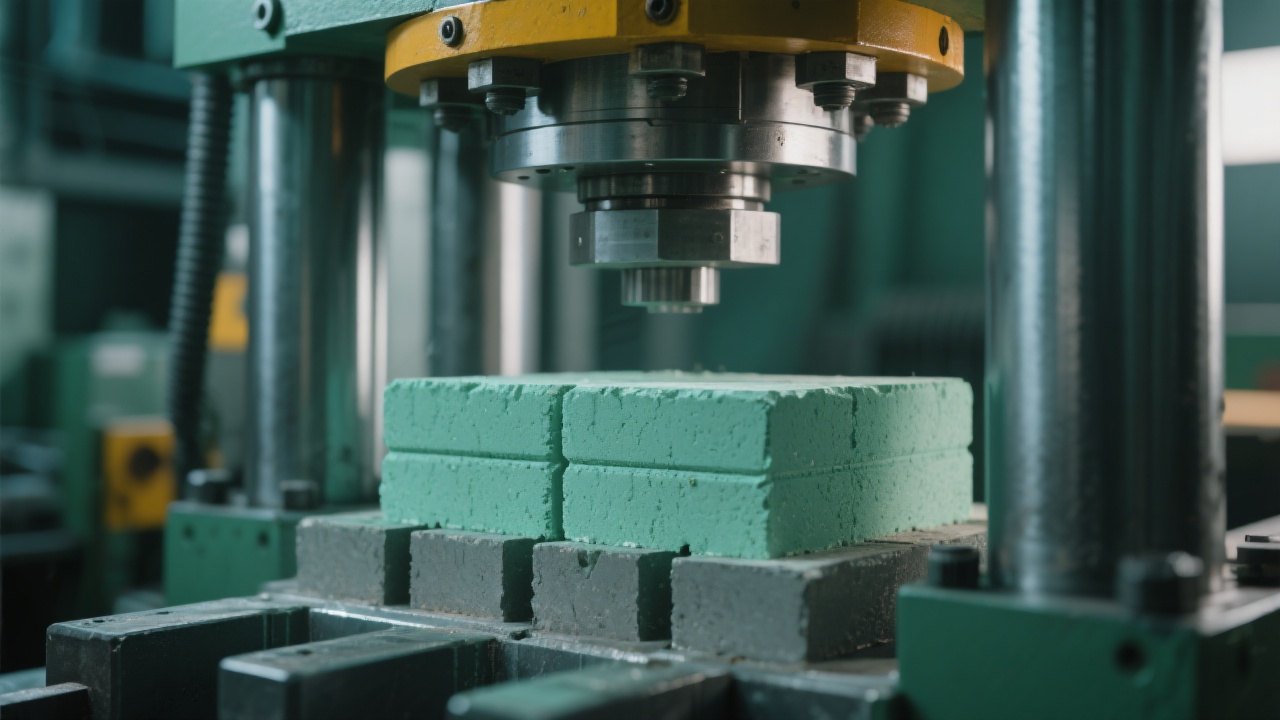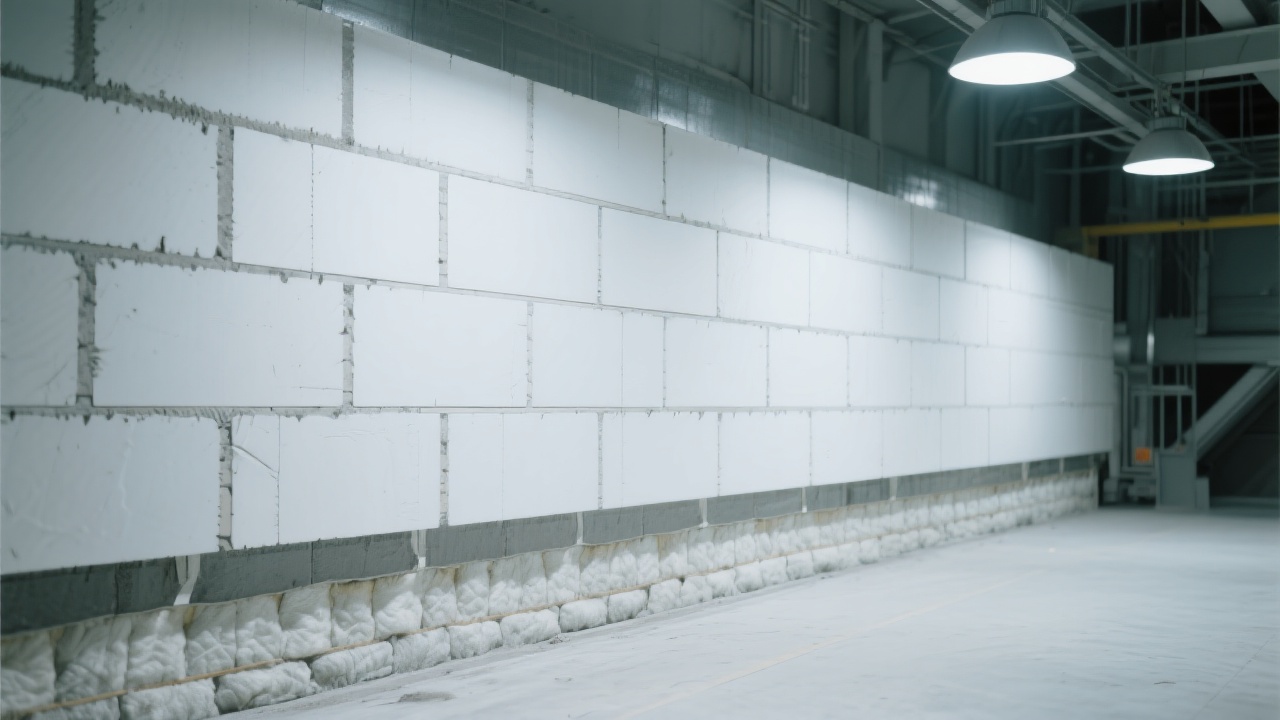
In the steel smelting process, refractory bricks are frequently exposed to rapid temperature change conditions. The rapid increase and decrease of temperature generate significant thermal stress within the bricks. This thermal stress can cause micro - cracks in the refractory bricks, and with continuous temperature cycling, these micro - cracks gradually expand, leading to the peeling and fragmentation of the bricks. For example, in some high - intensity steel smelting operations, the temperature can change from over 1500°C to around 500°C within a short period, exerting a huge impact on the structural integrity of refractory bricks.

Traditional high - alumina bricks often face challenges in converters and electric furnaces. Due to their insufficient creep resistance and thermal shock resistance, they are prone to various failure modes. In converters, the high - speed impact of molten steel and slag, combined with rapid temperature changes, can cause the surface of high - alumina bricks to erode and spall. In electric furnaces, the strong electromagnetic field and high - temperature arc can also accelerate the damage of high - alumina bricks. Statistics show that in some steel plants, the average service life of traditional high - alumina bricks in converters is only about 1000 - 1500 smelting cycles, and in electric furnaces, it is even shorter, around 800 - 1200 cycles.
When comparing andalusite bricks with high - alumina bricks, significant differences can be found in their core performance indicators. Andalusite bricks generally have higher cold crushing strength. The cold crushing strength of andalusite bricks can reach 100 - 120 MPa, while that of high - alumina bricks is usually around 80 - 100 MPa. In terms of refractoriness under load, andalusite bricks can maintain stable performance at a higher temperature. The refractoriness under load of andalusite bricks is about 1600 - 1650°C, while that of high - alumina bricks is around 1550 - 1600°C. In terms of creep resistance, andalusite bricks show excellent performance. Under long - term high - temperature conditions, the creep rate of andalusite bricks is only about 0.5% - 1%, while that of high - alumina bricks can reach 1% - 2%. The following table summarizes these differences:
| Performance Indicator | Andalusite Bricks | High - Alumina Bricks |
|---|---|---|
| Cold Crushing Strength (MPa) | 100 - 120 | 80 - 100 |
| Refractoriness under Load (°C) | 1600 - 1650 | 1550 - 1600 |
| Creep Rate (%) | 0.5% - 1% | 1% - 2% |

The manufacturing process has a profound impact on the creep resistance and thermal shock resistance of refractory bricks. Advanced manufacturing processes can optimize the microstructure of andalusite bricks. For example, through precise control of the particle size distribution and firing temperature, the pores in the bricks can be made more uniform and fine, which helps to improve the density and strength of the bricks. In addition, the use of special additives can also enhance the bonding between particles, thereby improving the creep resistance and thermal shock resistance of the bricks. Research shows that by using advanced manufacturing processes, the creep resistance of andalusite bricks can be increased by about 20% - 30%, and the thermal shock resistance can be improved by about 15% - 25%.
In a certain steel plant, after replacing traditional high - alumina bricks with andalusite bricks, significant benefits were achieved. The service life of the furnace lining was increased by 40%. Originally, the furnace lining needed to be replaced every 1200 smelting cycles, but after the replacement, it can now reach 1680 cycles. This not only reduces the frequency of furnace shutdowns for maintenance but also saves a large amount of maintenance costs. At the same time, the efficiency of the furnace has also been improved, and the production capacity has increased by about 15%.

Scientific material selection is of great significance for steel plants to reduce operating costs and improve furnace efficiency. By choosing high - performance andalusite bricks, steel plants can effectively extend the service life of furnace linings, reduce the risk of furnace shutdowns, and improve production efficiency. This is a reliable solution that has been proven by many real - world cases. If you are looking for a way to optimize your steel - melting process and reduce costs, don't miss this opportunity. Click here to learn more about high - performance refractory bricks and take the first step towards cost - effective steel production!


